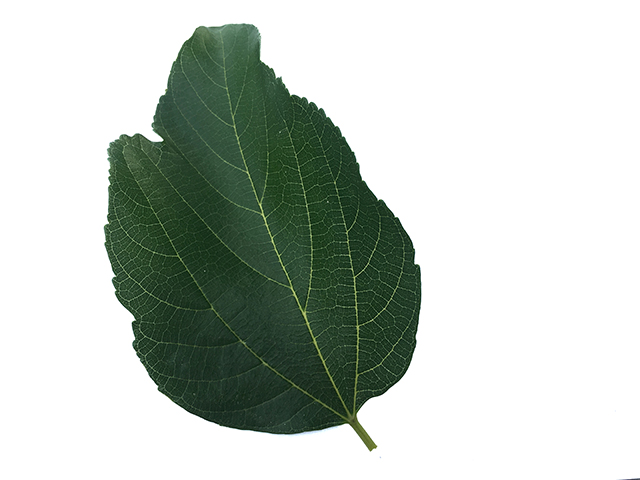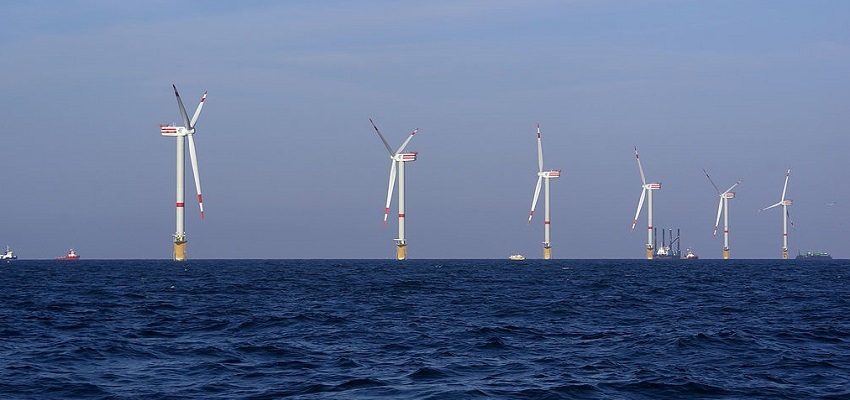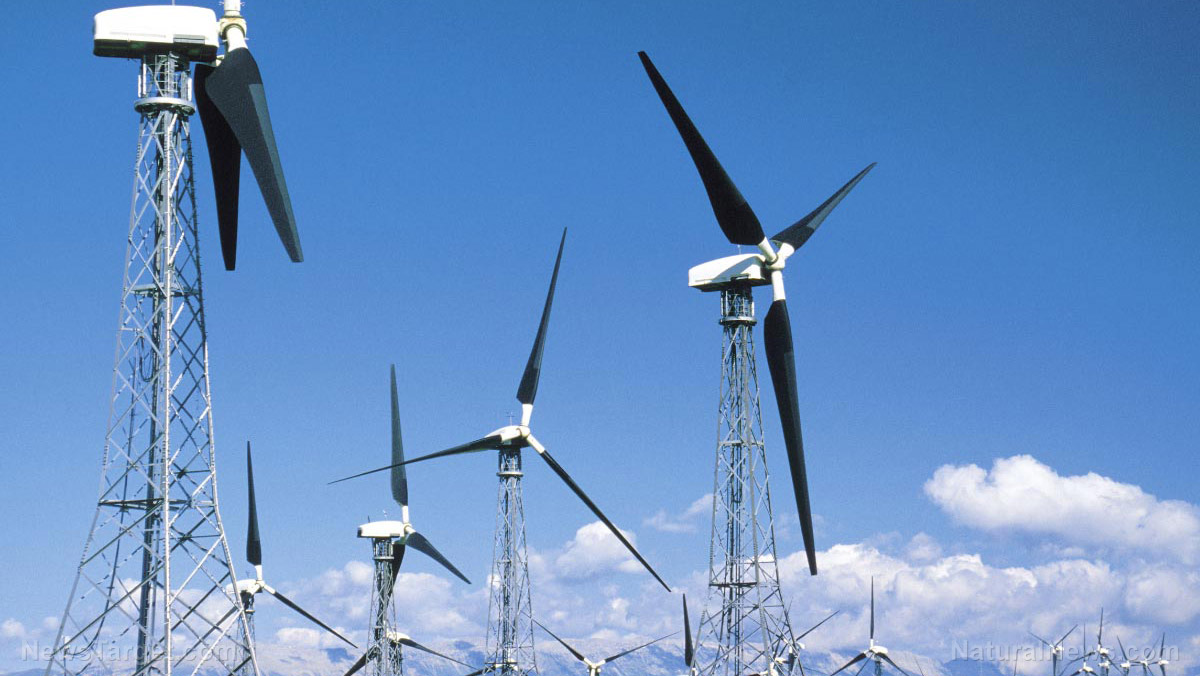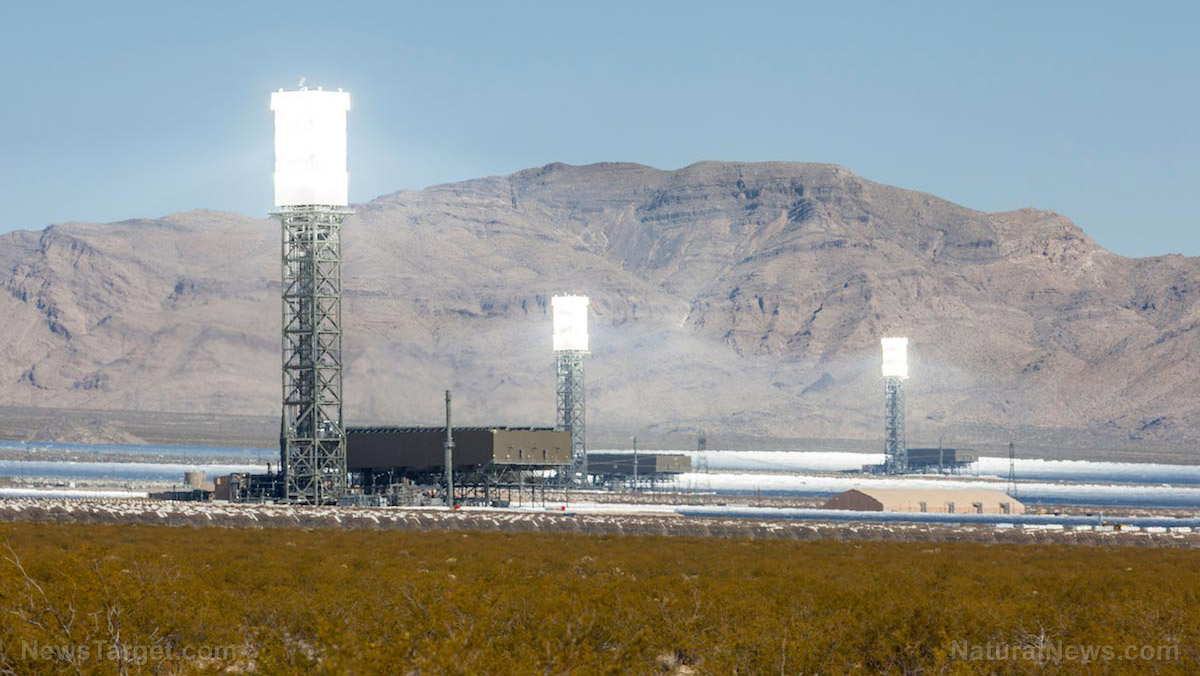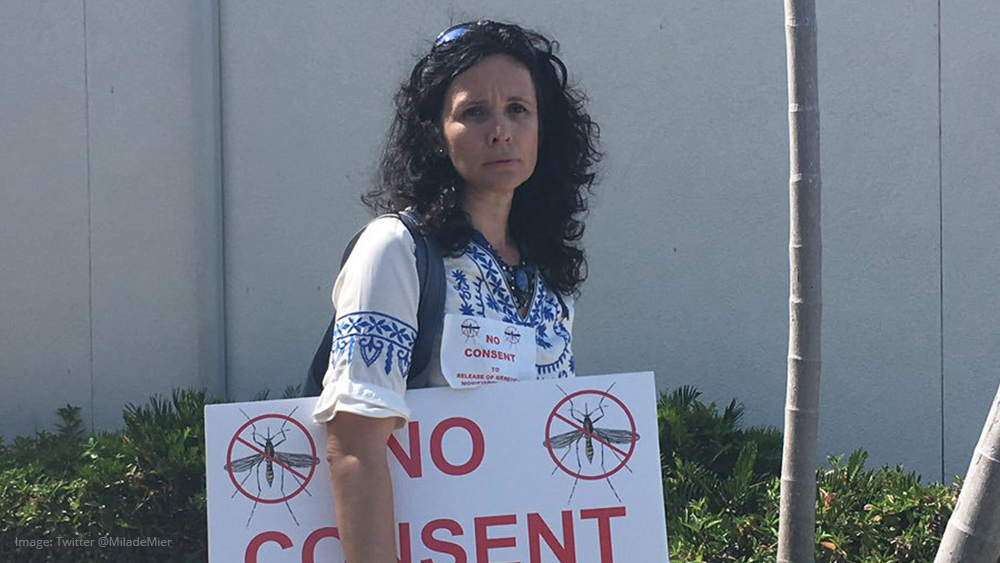Solar panel manufacturing devastates the environment with toxic heavy metals, warns report
07/13/2017 / By Vicki Batts

Solar energy sounds great in theory doesn’t it? What could possibly be better for the environment than making use of one of Earth’s most abundant natural resources: Sunlight. Plants use sunlight to create energy, and they do so flawlessly. It is no wonder that scientists have been seeking to use the sun as a source of energy and if humans were to replicate a technology like photosynthesis, it would be groundbreaking. But while solar energy may seem like the perfect solution to our energy woes, new research has shown it is not so benevolent.
While the theory is that solar energy is cleaner than other types of energy, the sad fact is that the environmental cost of solar panels outweighs the cost of nuclear energy, by far. A recent report from the pro-nuclear group Environmental Progress claims that solar panels produce 300 times more waste than nuclear power plants for every single unit of electricity produced. As it turns out, solar panels rely on a variety of heavy metals that are known to be toxic, such as lead and cadmium. This is made worse by the fact that very little has been done to plan for solar waste and the issues it might cause for the environment.
The concerns with solar panels do not end with what happens while they are in use, however. What happens to them after they’ve expired is perhaps even more of an issue; if they are simply left to rot in landfills, the potential for environmental contamination runs high. But the cost of breaking solar panels down for recycling is also quite prohibitive. This double threat could be disastrous, especially given how new the technology is. Few municipalities are prepared to deal with the disposal of solar panels and most of their manufacturers have yet to step up to the plate.
As Dr. Jeff Terry, a nuclear physics professor working with energy research at the Illinois Institute of Technology explained to The Daily Caller, “The problem with waste from solar is that it isn’t handled as well as nuclear waste. There are two types of waste from solar. Waste from the manufacturing scene and waste from the solar panel after it has gone through its useful life. There are materials in those that if they leached out, it wouldn’t be good.”
Dr. Terry explains that waste from solar panels could grow more problematic than the waste currently generated by nuclear power. This is, in part, because far less nuclear power is needed to create energy in comparison to solar panels. Terry says that when looking at the amount of waste generated by each technology, it becomes evident that for every pound of waste created by nuclear power, far more usable energy is actually produced compared to what’s produced by solar methods.
Even manufacturing solar panels comes at a cost, due to the hazardous materials used to make them. Sulfuric acid and phosphine gas are essential for manufacturing solar panels, yet these chemicals are exceedingly difficult to recycle. “The chemical processing involved in manufacturing solar panels is significant. Right now, we’re just offshoring it and placing the waste problem onto other people,” Dr. Terry commented.
While solar technology may seem like an environmentally friendly solution for energy production, current technology seems to be rather far from reaching that ideal.
Sources for this article include:
Tagged Under: green energy, industrial waste, manufacturing, rare earth minerals, solar energy, solar panels




